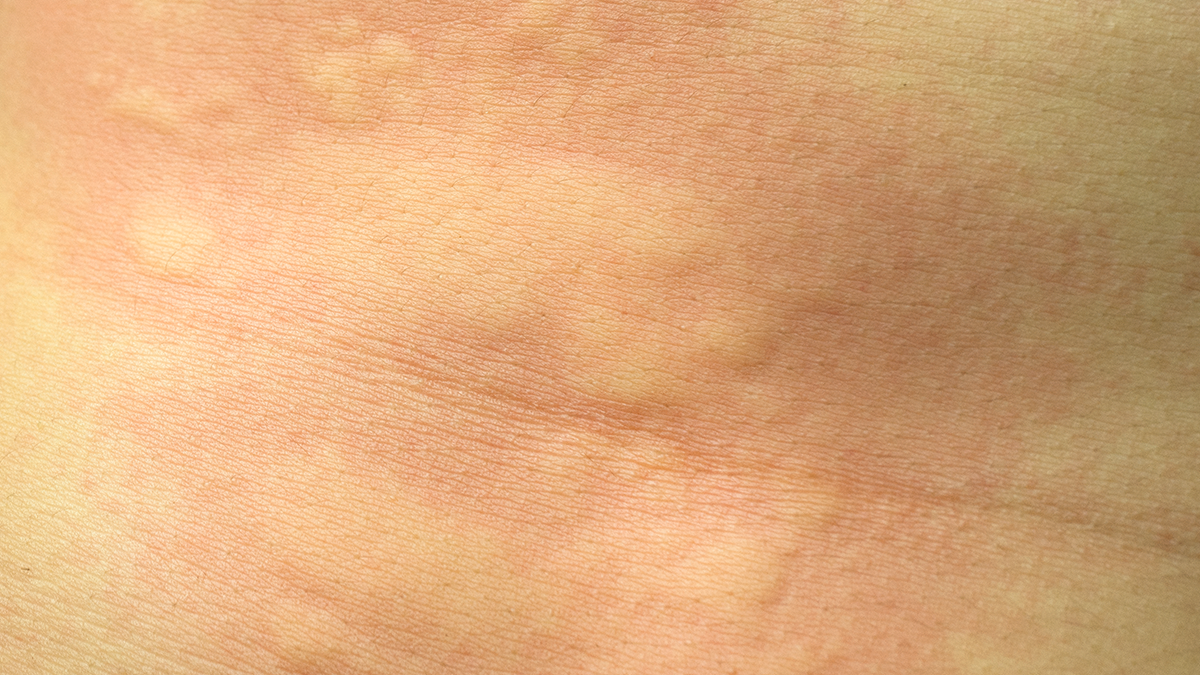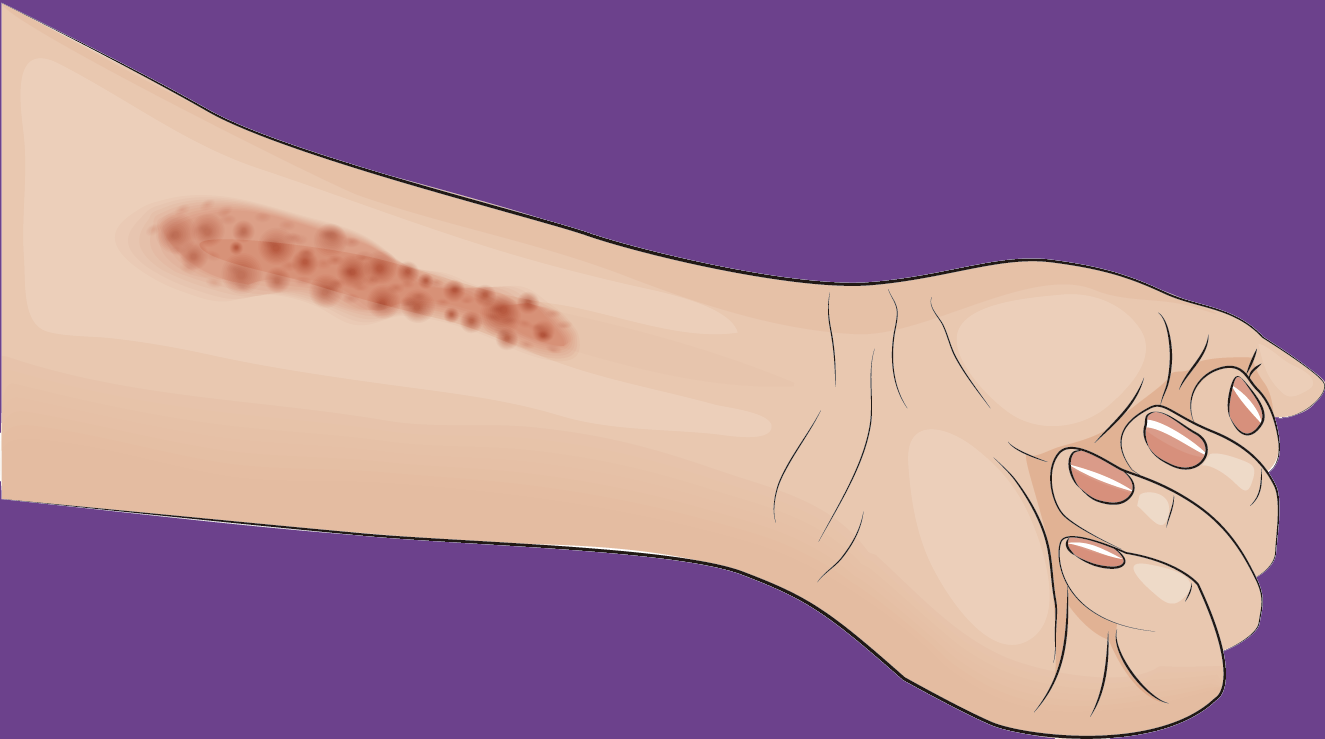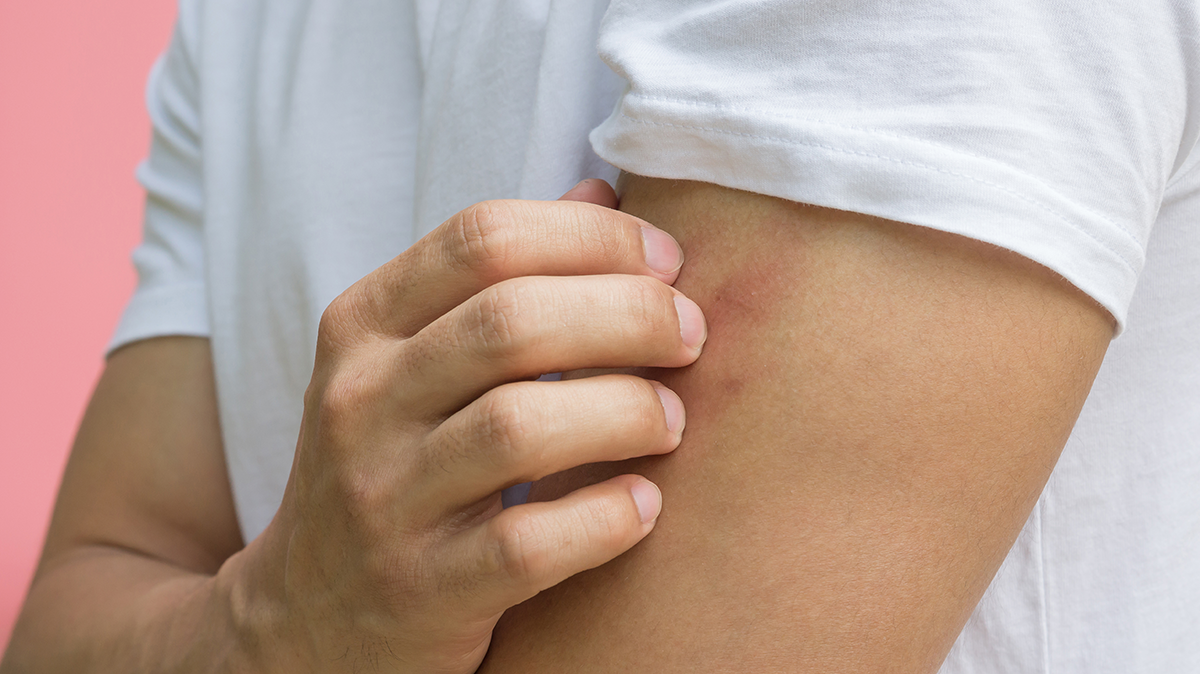
Antihistamines targeting the histamine H₁ receptor play an important role in improving and maintaining the quality of life of patients with allergic rhinitis. For more effective and safer use of second-generation drugs, which are recommended by various guidelines, a classification based on their detailed characteristics is necessary. Antihistamines for first-line therapy should not have central depressant/sedative activities.
Among the non-sedating group, fexofenadine and bilastine are classified into “non-brain-penetrating antihistamines”.
This review summarizes that the non-brain-penetrating antihistamines should be chosen for the first-line therapy of mild allergic rhinitis.

Bilastine shows a long drug-target residence time at the H1 receptor (73 ± 5 min) and this results in a prolonged H1 receptor antagonism in vitro (Ca2+ mobilization in Fluo-4 loaded HeLa cells), following a washout of unbound antagonist. Hence, the long residence time of bilastine can explain the observed long duration of drug action in vivo.

Bilastine has a proven, long-term safety record with use by over 71 million patients in over 104 countries. This novel, second generation antihistamine is non-sedating due to the fact that it does not cross the blood brain barrier. As well, bilastine is not metabolized and does not interact with CYP450.

A number of second-generation non-sedating antihistamines are used in clinical practices over the world. However, long-term safety and efficacy have not been proved high level evidence based medicine.
In conclusion, long-term treatment with bilastine 20 mg once daily for 52 weeks is safe and well tolerated in Japanese patients with hronic spontaneous urticaria (CSU) or pruritus associated with skin diseases. Bilastine improved disease symptoms of both conditions early in treatment, and the efficacy was maintained throughout the treatment.

The findings of Alergológica 2015 show a notable increased frequency of allergic rhinitis, drug allergy, and food allergy. The frequency of other allergic conditions remained unchanged, except for asthma, whose frequency decreased, as in adult patients.

Chronic spontaneous urticaria (CSU) is defined by the appearance of wheals and a variable presence of angioedema which persists for at least 6 weeks. Some groups are trying to detect molecules which would be able to help clinicians in reaching a proper diagnosis.

The aim of the present study was to investigate the levels of IL-22 and IL-17A in AR patients and their association with clinical severity of persistent allergic rhinitis (PAR).

Adherence to treatment is low in allergic rhinitis. This study shows an approach for measuring retrospective adherence based on a mobile app. This represent a novel approach also for analyzing medication taking behavior in a real-world setting.

Allergic rhinitis (AR) has been reported to be associated with chronic rhinosinusitis (CRS). The objective of this study was to investigate the effect of AR on nasal mucosa remodeling in CRS. AR could enhance the remodeling process in CRS. Moreover, Allergic rhinitis had different effects on chronic rhinosinusitis with nasal polyps and CRS without nasal polyps.

Chronic urticaria (CU) carries many risk factors for osteoporosis, but data on the relation between CU and osteoporosis are lacking. CU may impose a risk for osteoporosis. An appropriate targeted screening should be considered.sis en un gran estudio comunitario.

Chronic urticaria is an itchy skin disease, which is treated with antihistamines; however, a large group of patients are unresponsive to antihistamines alone and other treatments. This study presents an overview of studies investigating plasma D-dimer level as a biomarker for disease activity and treatment response in patients with chronic urticaria.







